What Does A Train Consist Of?
Washington, D.C. —While most people can identify the locomotive on a train, dedicated railfans have the ability to scout a train and determine the commodities in each passing railcar just by looking at the shape of the car. How do they know?
For starters, perhaps the most literal train term and one of the least known is consist. As in, a train consists of multiple railcars, which when connected are referred to as that train’s consist. A single consist is made up of any number of cars, depending on demand, location, and the type of goods being shipped.
As shipper needs have evolved, so too have railcars. Today, if there’s a product, chances are railroads have a way to ship it. Countless innovations have been implemented since B&O railroad—the first common carrier railroad in the U.S.—opened in 1827. Long-time railfans have seen the retirement of the caboose, as well as technological improvements that have revolutionized the industry. The flatcars in consists today are an updated, modernized version of the cars in use since B&O ran its first trains. The chronology of rail car evolution shows how railroads continuously respond to the needs of forward-thinking businesses and shippers all across the country. Let’s take a look at some of the most important innovations in railcar design.
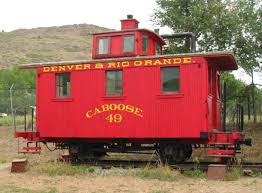
The Caboose
Second only to the locomotive in fame, cabooses are the “gone but not forgotten” iconic railcar. While their bright red color was known to signal the end of a passing train, cabooses served as both conductor offices and a vantage point to manually monitor safety on the tracks until the 1980s. As radio transmission evolved and railroads developed more advanced safety monitors, the caboose became obsolete. Today, they are symbols of a previous age of railroading.
Flatcars
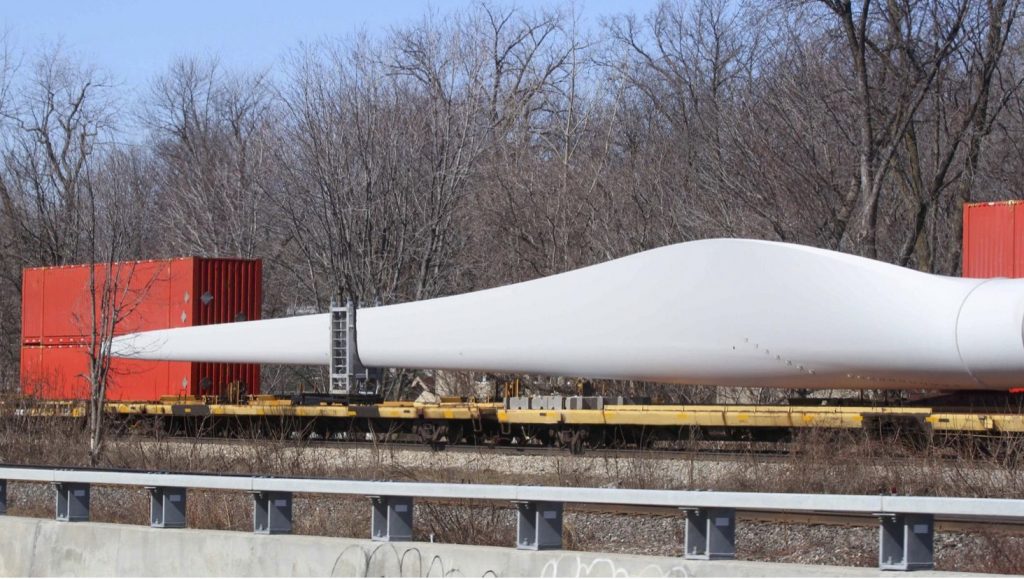
The oldest type of railcar, flatcars are a simple design best used for bulky freight that does not need to be protected from the open air and weather conditions. Various types of flatcars carry a broad range of products including farm equipment, logs, pipe, military vehicles and wind turbine blades. Flatcars have also been modified to carry both intermodal freight – goods that move by truck trailer or shipping container as well as by rail – and automobiles. (See well cars and autoracks below.)
Gondolas
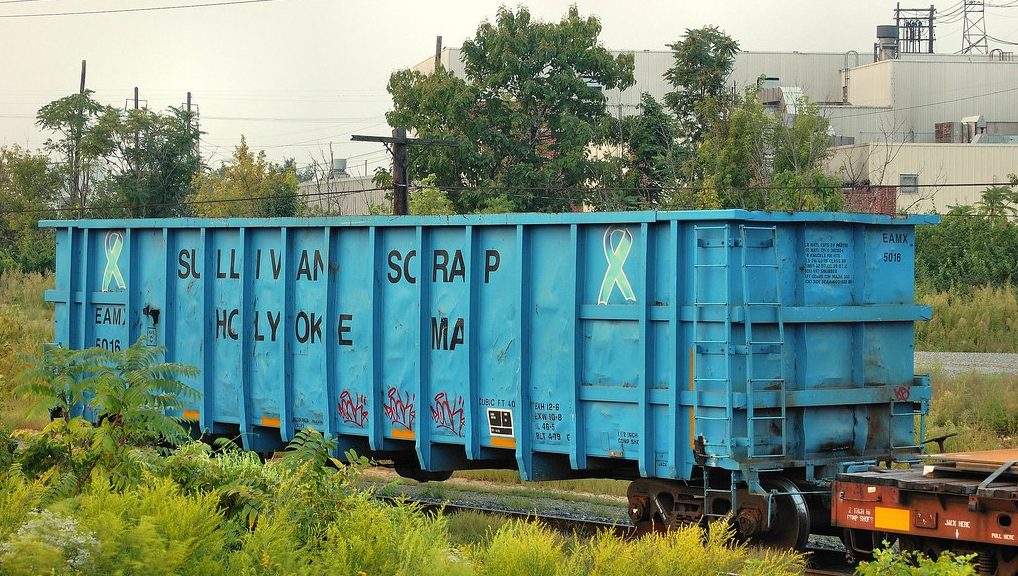
Gondolas are the first railcar innovation still in use today. Affectionately called “gons” by railfans, gondola railcars are appropriately named for their boat-like shape. They were designed to ship heavy bulk commodities that need to be contained but do not need to be protected from the elements. Today they are used to carry items like scrap metal, aggregates or primary steel products.
Hoppers
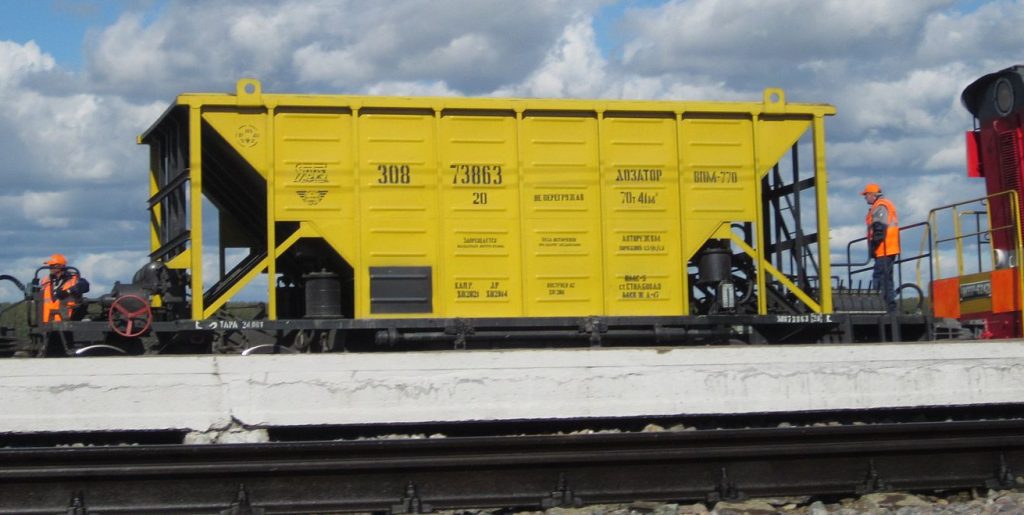
In some ways, a hopper may look like a larger gondola, but they have angled or sloped chutes that help empty their cargo. The trapezoidal, drop-bottom hoppers are so called because they resemble the funnels used in grain mills, also called hoppers, that shake with a “hopping motion.” Most often used for loose bulk materials like grain, ore and coal, hoppers today can either be covered with a roof or open at the top.
Boxcars
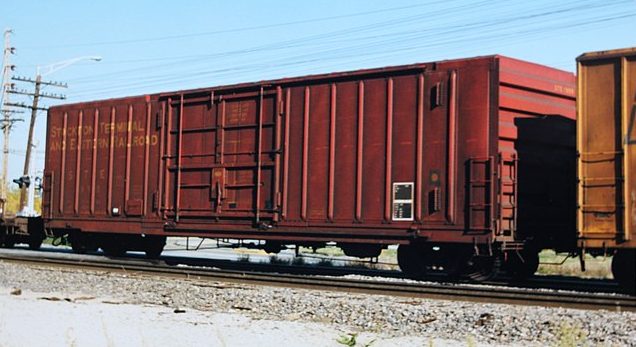
One of the most famous railcars, the boxcar answered a need for a covered rail car to protect goods that must be kept dry. These icons were used to haul anything that could fit through the side doors. Until the 1960s, this was the most common type of railcar in use due to its simple, easy design and protection from the elements. The decrease in boxcar use today is due in part to the development of the standardized shipping container, which is easier to load and transfer between locations.
Tank cars
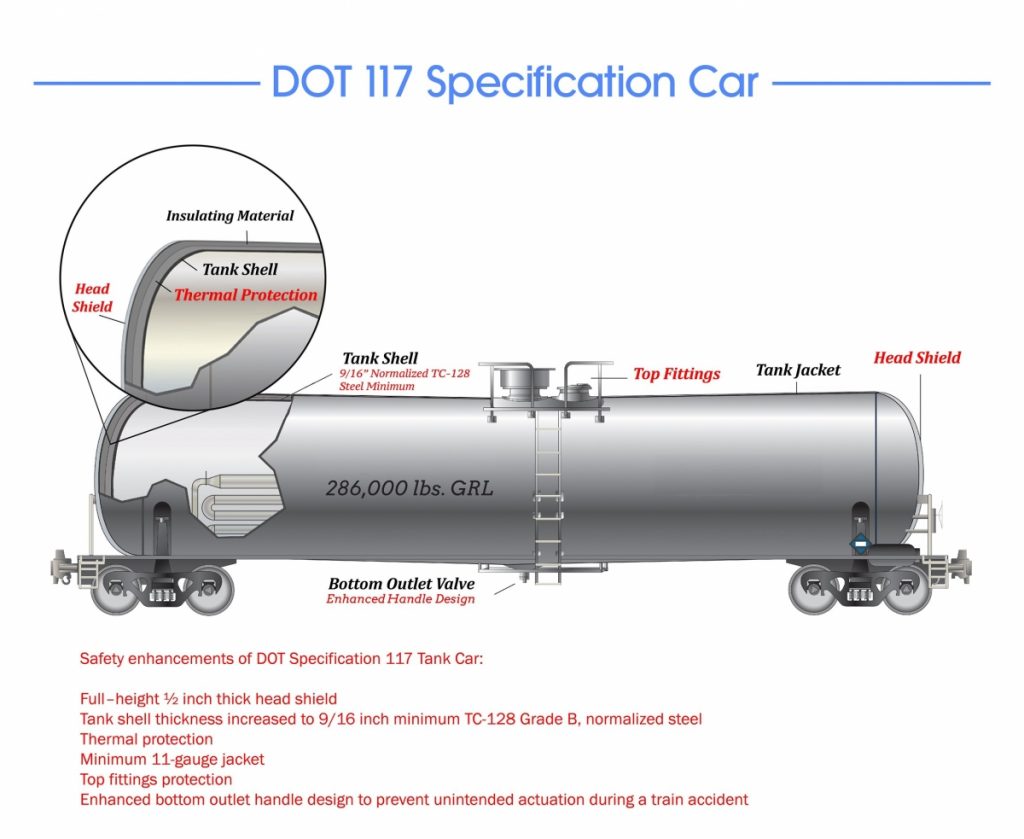
Designed to carry bulk, liquid or gaseous freight, tank cars carry everything from chemical or petroleum-based commodities to food-based products like corn syrup as well as chlorine used to treat drinking water. Tank car standards continue to evolve to ensure the safe transport of the goods they carry. For example, the 2015 FAST Act added new standards to enhance the safety of tank cars carrying hazmat. The federal government requires railroads to carry hazmat under a “common carrier” obligation and most tank cars are owned by rail customers rather than the railroads themselves. The newer DOT-117 tank car’s thicker steel jacket and protected top fittings, for example, help to protect the tank shell from puncture during an incident. More than 99.999% of all tank cars reach their destination safely.
Reefers
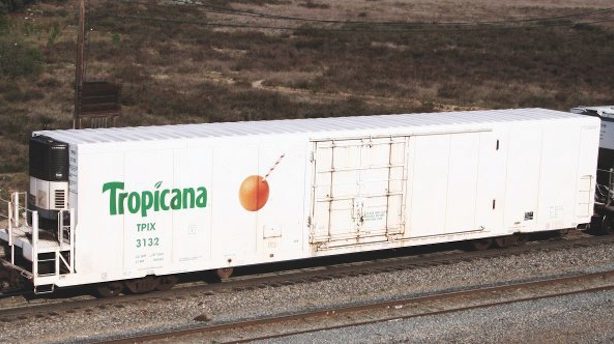
An impressive technological development in rail is the refrigerated railcar, or reefer. In the 1800s, shippers used insulation and ice packed into boxcars in order to ship perishable items across the country. This practice gave way to electric reefers in the 1950s. Reefers have gone in and out of popularity due to their specialization. Over the past 20 years, the popularity of reefers has increased, as shippers see the safety and cost benefits of rail transport over long-haul trucking.
Well cars
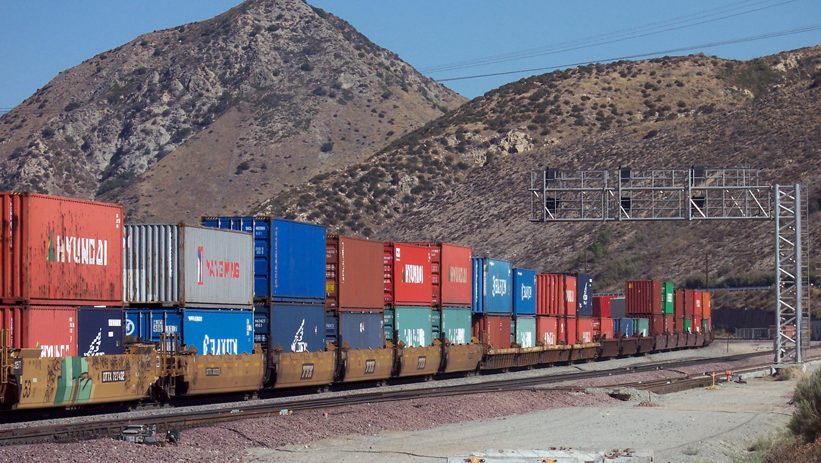
Also known as double-stack cars, well cars are best understood as a specialized development from flatcars. So called for their lower middle, well cars were developed to transport increased percentages of intermodal freight while still staying beneath bridge and tunnel clearances. The well shape is better equipped to handle heavier freight, and to help shippers transport freight more efficiently.
Autoracks

An evolved box car, autoracks are a specialty railcar designed to streamline the loading and transportation of automobiles. With the help of a loading ramp, autoracks can contain two or three racks of autos while protecting them from the elements. Early automobiles were specifically designed to fit into boxcars, but as industry demands changed, shippers developed autocars designed to fit any car customer’s demand. Railroads today move nearly 75% of America’s new cars and light trucks.
In Summary: What’s next?
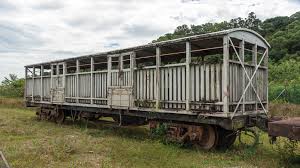
Although it may not be outwardly obvious, even the most simple, unspecialized railcars of today are highly engineered, continuously improved versions of their forbears. The car types described above are the ones in most common use today, and the ones you can spot at rail crossings. Less evident are the specialized, lighter weight, higher strength and more durable materials they’re built from, which have been a key factor in freight rail safety, productivity and efficiency improvements. However, not all specializations made to railcars last. As we all know, the famous caboose has seen its final days of operation. The self-explanatory cattle cars (right) had their moments of glory, but ultimately were phased out.
Freight railroads are constantly monitoring consumer needs. Railcar innovations are just one of many ways railroads have continued chugging along through centuries of American progress.


